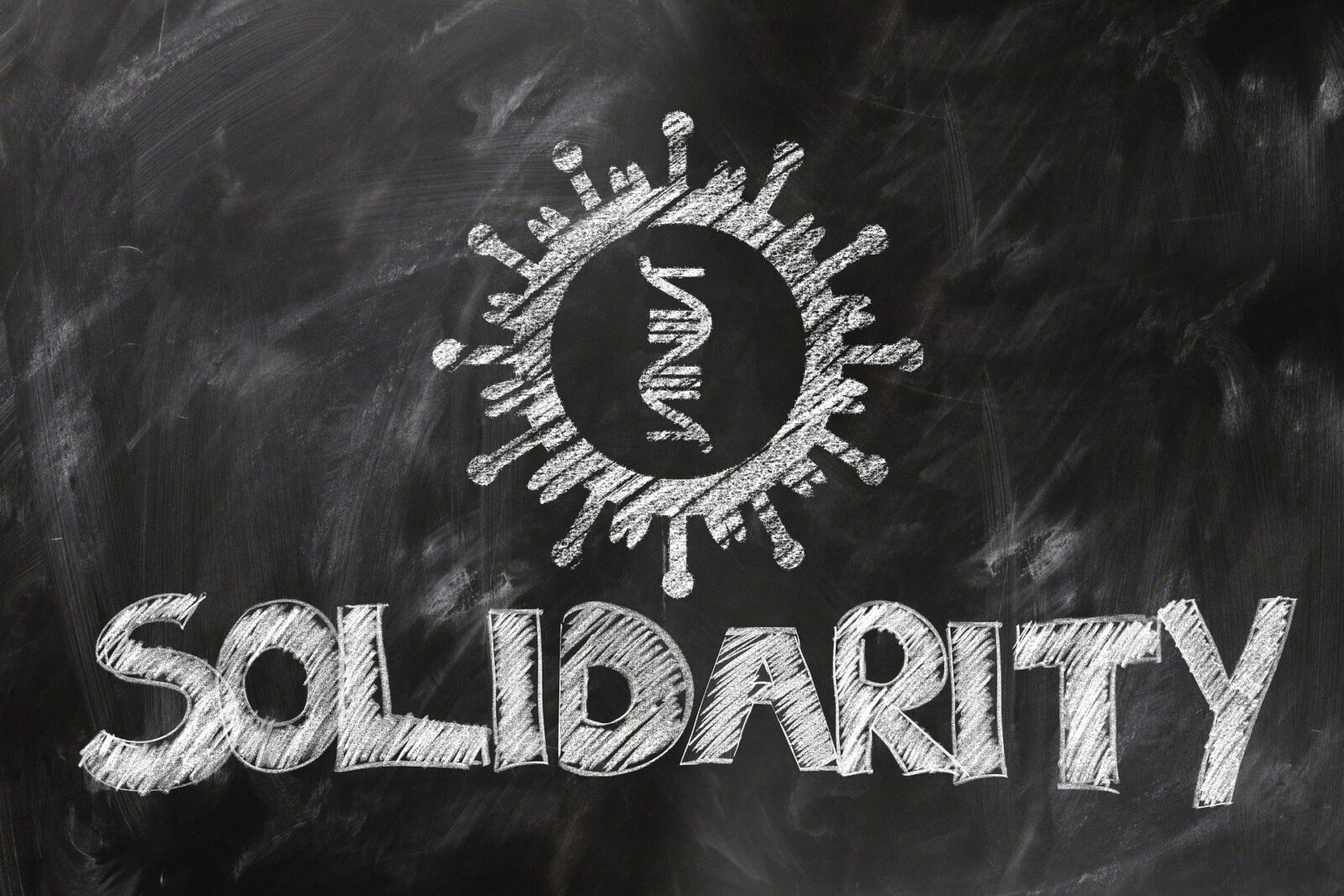A Mantra for Managing COVID-19: Don’t Panic, Adjust
One of my former clients was a basketball coach for over twenty years before he became the executive director of one of the largest youth organizations in Washington D.C. Managing a nonprofit with a multi-million-dollar budget without prior management experience is not easy. Each month in our coaching sessions, I listened to Kevin’s horror stories. As a biracial male, he had become the inadvertent intermediary between a predominately conservative, white board of directors and the African-American and Latino youth in his programs.
What most impressed me about Kevin was his steadiness. When two of his staff quit a month before the organization’s annual fundraising event over what they felt was an unfair level of discipline from the board toward youth they were completely disconnected from, Kevin was left with the work of three positions, which he managed to complete with remarkable composure.
“You are always doing so much, and yet you always manage to maintain your poise,” I said to him during one of our sessions. “How do you pull it off?”
Kevin looked up at me and, in his usual, calm manner, replied “I learned my most important lesson for leading this organization on the basketball court. When my players were messing up plays, or when the other team was gaining ground, I used to pull them into a huddle, and share three words with them: ‘Don’t panic, adjust.’”
Making Our Comeback
Kevin’s three words helped his teams stage numerous successful comebacks and can also help us through the coronavirus. We need to staunch not only the pandemic, but the pandemic panic. How can we help ourselves and others to not panic, but to adjust? Here are three strategies you can try out:
Show by example how to manage your emotions. Emotion regulation has been defined by Stanford psychologist James Gross as “the processes by which individuals influence which emotions they have, when they have them, and how they experience and express these emotions.” By reading up on the facts—including China’s inspiring trajectory in drastically reducing new infections—you can reframe how you perceive the current situation and, consequently, the emotions you experience in association with it. Share what you learn with others and use it as a launching pad for more realistic, sober discussions about COVID-19 based on facts rather than feeds. As I highlight in my new book, Screened In: The Art of Living Free in the Digital Age, keep in mind that social media is neither.
Model emotion complexity. A 2016 study, Susan David’s book Emotional Agility and a study I published in 2018 all highlight the importance of being able to healthily express the wide variety of positive and negative emotions we feel. Fear is one of those emotions. Similar to grief or trauma, we move forward not in spite of, but with, our fear. Conflate the thoughts from which your fear arises with thoughts of the sources of beauty in your life (e.g., the people you love and care for) that generate positive emotions such as gratitude and joy. As the Stanford psychologist Albert Bandura discovered, each one of us influences others through our behaviors, and never has this modeling been more important.
Let a focus on facts over fear evolve into a “healthy fear.” Add to the cognitive mix hard-nosed, rational thoughts that cut through the media deluge that preys on uncertainty and piques our fear. Instead of wading through the umpteenth details of how the coronavirus is being experienced and where it is emerging, revert to the real statistics about the virus. The outcome of a more balanced approach to what you think about is likely to be not a sense of panic, but a healthy fear that induces active preparation without sealing your life off from the people who enable you not just to survive, but thrive.
Kevin’s mantra, which can help us through this public health crisis, reminds me of an old proverb: “Pray to God and row to shore.” To not panic is to instead have faith in your God, whoever She or He is, to watch over us as we navigate these difficult times. To adjust is to row to shore with more informed, steadfast strokes. “Don’t panic, adjust” is also reminiscent of the old saying that God helps those who help themselves—and, I might add, those who help others. Model appropriate emotion responses to the coronavirus to the people you share your life with and you will do both.




